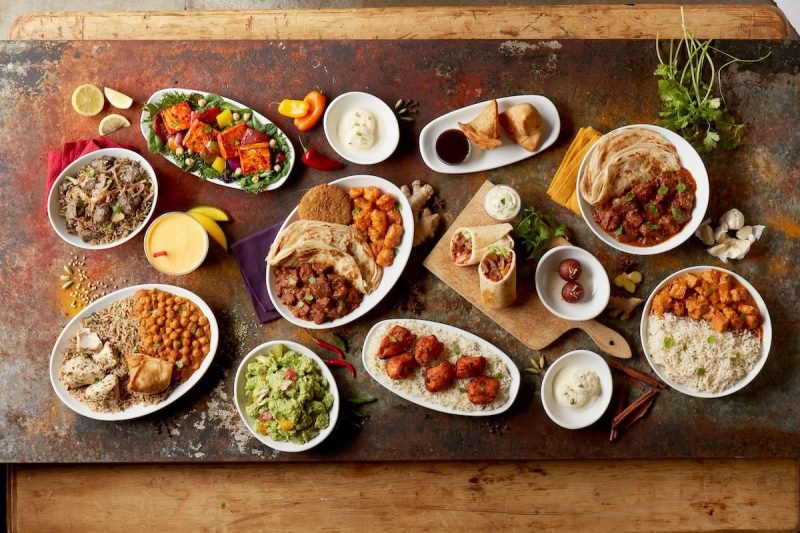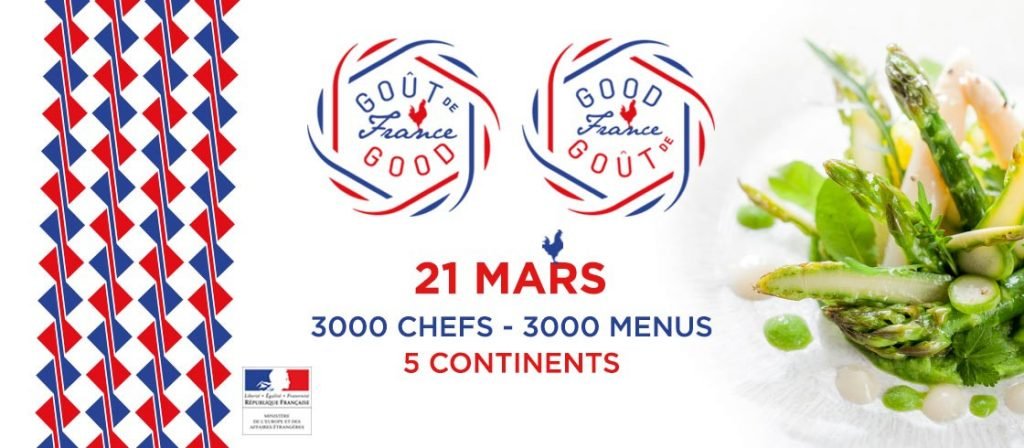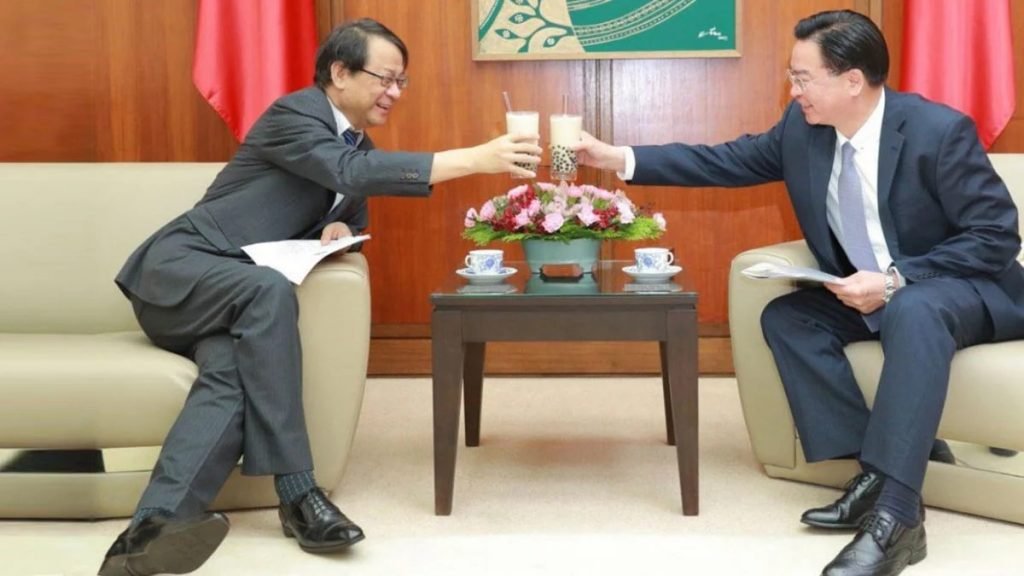Utilizing India’s culinary prowess

While India is emerging as a major power on the global stage, it has increasingly emphasized on expanding its cultural influence. However, it is largely missing out on the best tool to do so: FOOD!
Indian foreign policy has seen major shifts after the election of Prime Minister Modi in 2014. One of the cornerstones of his foreign policy has been the emphasis on promoting Indian culture across the world. The government has been indeed successful in achieving global recognition for certain Indian practices. The United Nations celebrating 21st June as the International Day of Yoga since 2015, can be considered as one of the achievements of this cultural push in foreign policy. However, in my experience of living abroad for 6 months now, I feel India under-utilizes one of the most important tools of cultural diplomacy, that is, its rich culinary prowess.
Leveraging gastronomy is not a novel concept in cultural diplomacy. “The natural effect of good eating and drinking is the inauguration of friendships and the creation of familiarity” notes the 17th-century writer, François de Callières in The Art of Diplomacy. Hence, it is no surprise that many countries have actively engaged in the practice of food diplomacy to boost their cultural brand. France has been at the forefront of exhibiting its culinary prowess. Goût de France or Good France is an incredibly comprehensive initiative by the French government to not only promote French gastronomy but also pave the way for tourism. In 2018, Goût de France was held in over 150 countries. Around 3000+ restaurants participated globally to celebrate French cuisine. Every year Goût de France selects one French city and promotes special recipes unique to that city or region. The French Foreign Ministry states that this campaign has directly resulted in an increase in tourism, meaning an increase in revenue for all allied industries.

With over 90 million tourists coming in 2019, France topped the charts of most visited countries. With one-third of tourists visiting France for its culinary heritage, French gastronomy has emerged as a crucial engine of the country’s brand appeal and cultural outreach. Its inclusion in the UNESCO list of intangible heritage has further bolstered the campaign and made France a global leader in food diplomacy. Goût de France has emerged as a profitable campaign for both, businesses within the country and abroad. As the global economies plan a revival in the post-pandemic world, Goût de France is making a comeback too. Many would argue that this is possible because of the widespread French influence and network due to its colonial past. However, even smaller countries are increasingly investing in their food diplomacy initiatives.

Thailand was one of the first to launch an international food promotion campaign in 2002. The Global Thai program is a government-led initiative specifically aimed at increasing the number of Thai restaurants in the world. The Thai government is particularly focused on finding existing restaurants operated by immigrants who sell “authentic Thai” food. These few restaurants are then awarded the “Thai Select” award and also given financial support. The Global Thai campaign has proved to be a major boost for Thailand’s culinary diplomacy. Within a couple of decades, the number of Thai restaurants has increased from 5500 to 15000+. Thailand has also emerged as one of the most visited countries in Southeast Asia with its tourism industry contributing more than 15% to the GDP. Inspired by Thai success, other Southeast Asian nations followed the path of exhibiting their culinary heritage. The South Korean government launched the Global Hansik Campaign in 2008, and similar to the Thai counterpart it also provided incentives to open Korean restaurants abroad. With the growing popularity of its pop industry, South Korea has also been successful in promoting the ‘K-food’ and has certainly attracted more tourists to its shores.

The tiny island country of Taiwan has also joined the bandwagon. While Boba or bubble tea is often consumed across East Asia, the tapioca balls that make the bubble in the bubble tea are said to be invented in Taiwan. The bubble tea that became famous as primarily a drink brought by the Taiwanese immigrants to the US, today, has taken the world by storm. As a type of gastro diplomacy, bubble tea has come to represent Taiwan’s culinary and cultural creativity. With people across the globe experimenting with new versions, boba tea has gained a new life of its own overseas. It has also become a source of pride for the country with Taiwanese diplomats posing for selfies with the drink in their hands. To promote democratic values, Taiwan has also joined forces with Hong Kong and Thailand to create a ‘milk-tea alliance’, thus Boba has also become a crucial political tool aiding Taiwan’s diplomatic efforts.

India however, seems to lag. An article published in the Economic Times in 2012 argues about the same issue that India is falling behind in its efforts to promote its rich and diverse cuisine. It is disappointing to see that very little has changed even after a decade. Food diplomacy efforts are typically organized locally by individual diaspora groups, rather than being deployed as a matter of public diplomacy discourse. Indians being the largest diaspora, Indian culinary heritage has travelled the length and breadth of the earth too. Major cities across the globe have a good number of Indian restaurants. Berlin, the city that I currently reside in, has over 100+ Indian eateries. India has the apparatus and the network needed but seems to lack the will to utilize this great strength. Below I suggest how we can use different elements of our culture to promote our truly comprehensive culinary legacy.
Utilizing festivals:
The world is increasingly becoming a fan of the grandeur of Indian festivals. The Indian calendar is filled with festivals almost every month of the year, and every festival is associated with specific delicacies in different regions of India. While many festivals like Holi, and Diwali are getting popular, traditional festival delicacies are hard to find abroad. This provides a great opportunity for food diplomacy. Indian missions abroad along with Indian restaurants can come up with an initiative to promote and introduce specific delicacies to the foreign audience that may not be available on the menu for the rest of the year. For example, Modaks (sweet dumplings) during the Ganpati festival, Bengali desserts during Diwali, etc. This will not only increase the curiosity of the foreign public towards the country but also provide an opportunity to enhance engagement with the diaspora.
Local can be global:
While Indian cuisine from certain parts of the country is certainly more visible and famous, thanks to the efforts of respectively established diaspora, India has much more to offer. It is said that, in India, language changes every 50 km and so does the food. Indian food diplomacy initiatives can also focus on promoting rather lesser-known sub-cuisines. Similar to France, this may help in boosting tourism to lesser-visited parts of the country.
Street food can also play a vital role here. I can say for sure that every Indian certainly misses the street food the most. It is indeed the very essence of any Indian city or region. A street food festival can be organized to introduce the diverse flavours from the streets of India.
Azadi ka Amrit Mahotsav:
India is celebrating 75 years of independence, and the Ministry of Culture along with the Ministry of External Affairs has come up with a yearlong schedule to conduct various events around the world. This also can be a perfect window to exhibit Indian cuisine. The event organizing embassies and cultural centers can team up with local restaurants to offer Indian food to the audience. After all, breaking bread together certainly wins more hearts than any other diplomatic effort.
As economies around the world try to recover from the devastating effects of the pandemic and the consequent lockdowns, governments are focusing on reviving the tourism industry. India too has recently reopened its borders for tourists and has relaunched the Incredible India campaign. The French and Thai statistics have shown that gastro-diplomacy efforts can help increase tourism to a great extent. India certainly has everything, from one of the oldest culinary practices to an existing global network of diaspora and restaurants. With the government already looking to enhance the cultural promotion, involving cuisine can only bolster such a campaign. This, however, must be a collaborative endeavor of the various stakeholders, implying that the diaspora, Indian businesses, and other government entities must engage in synergy.


















